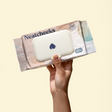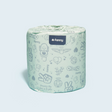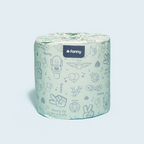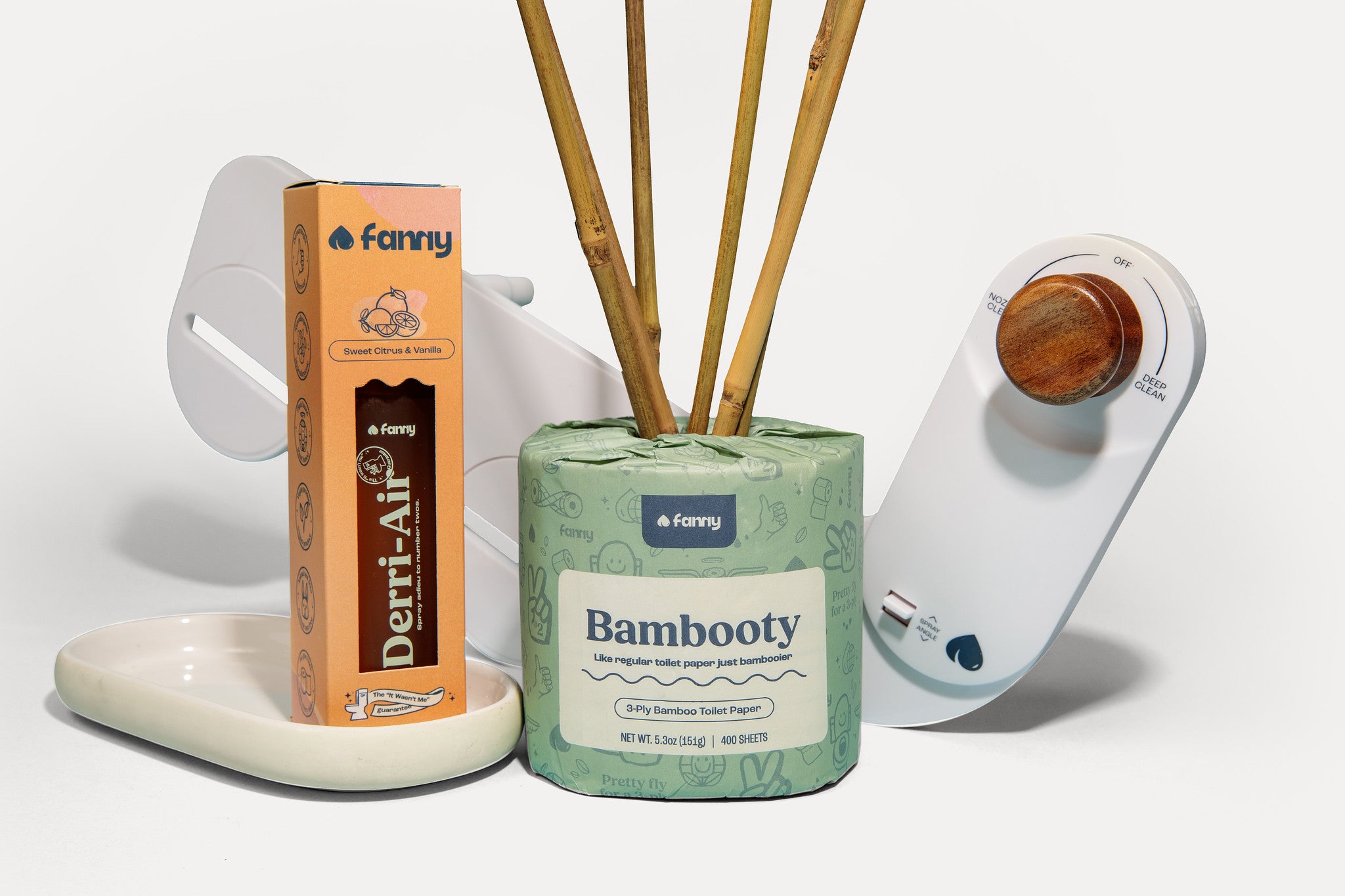Recycled Toilet Paper: Saving the Planet One Wipe at a Time
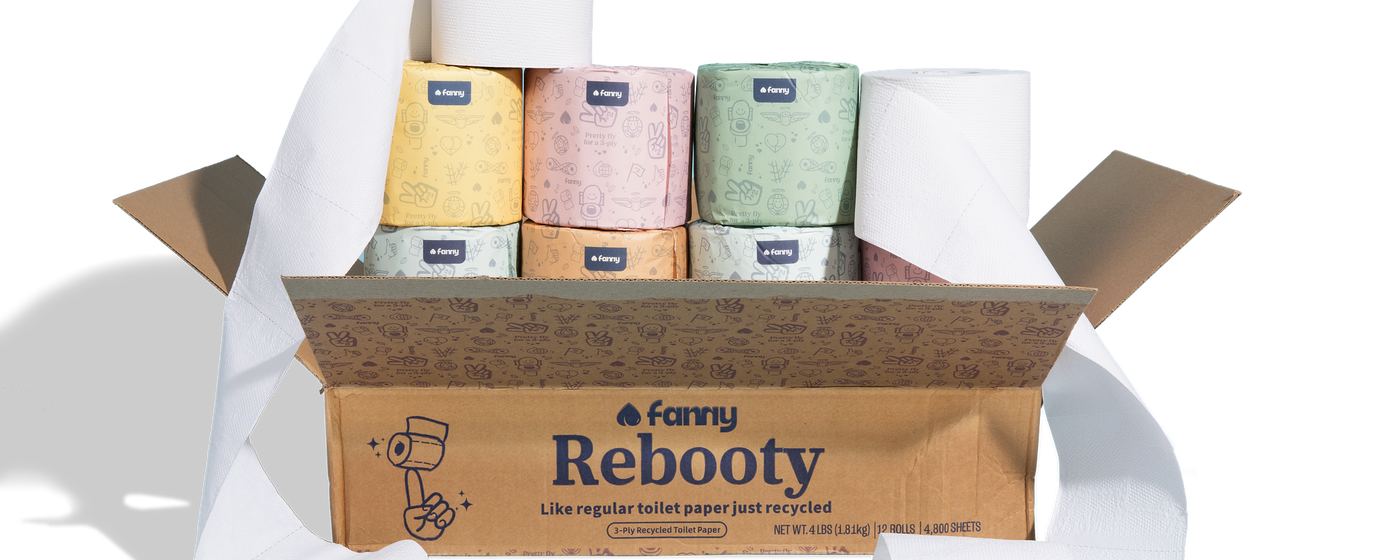
Ah, recycled toilet paper, possibly the most underappreciated hero in the quest to save our planet. Let’s face it, when you think about making eco-friendly choices, your bathroom routine isn’t exactly the first thing that comes to mind. You’re too busy buying metal or bamboo straws and debating whether oat milk is more sustainable than almond milk. Meanwhile, your trusty toilet paper is over there, silently flushing trees and resources down the drain, literally.
But don’t worry; recycled toilet paper is here to clean up your act, in more ways than one. Let’s dive into the unsung glory of Rebooty recycled TP, a product that’s good for the environment, your conscience, and, yes, your butt.
What Is Recycled Toilet Paper?
Let’s clear this up right away: no, recycled toilet paper is not made from other people’s toilet paper. It’s not like someone’s sifting through sewage to give you a secondhand wipe (thank goodness). Recycled toilet paper is made from post-consumer materials like office paper, newspapers, and cardboard boxes. It’s basically the paper version of reincarnation. Yesterday’s meeting agenda? Today’s personal hygiene assistant.
Why Recycled TP Deserves a Round of Applause
1. It Saves Trees (and We Need Those, Remember?)
The average person uses around 100-150 rolls of toilet paper per year. Multiply that by hundreds of millions of people, and you’ve got entire forests being wiped out, pun intended, just so we can, well, wipe. Recycled toilet paper uses materials that have already served their purpose, sparing countless trees from an untimely trip to the pulp mill.
You might not think much of it when you’re sitting on the porcelain throne, but switching to Rebooty recycled TP means you’re essentially a forest guardian. Sure, you’re not wielding an axe to protect endangered trees, but your tushy is doing its part.
2. It’s a Water Saver
Producing virgin toilet paper takes a mind-boggling amount of water, around 37 gallons per roll. Meanwhile, recycled toilet paper cuts water usage by about 50%. So every time you opt for recycled toilet paper, you’re helping conserve water for more important things.
3. Less Energy, More Efficiency.
Recycling paper into toilet paper takes significantly less energy than starting from scratch. Think of it like reheating leftovers instead of cooking a gourmet meal; it’s faster, cheaper, and doesn’t involve as much effort. Plus, using less energy means fewer greenhouse gas emissions, which means less guilt when you binge-watch Netflix instead of riding your bike to work.
4. It Keeps Waste Out of Landfills
Every piece of paper that gets recycled into toilet paper is one less piece clogging up landfills. Those landfills are already busy breaking down old pizza boxes and questionable mystery items from spring cleaning. Rebooty recycled TP helps lighten the load, literally turning trash into treasure.

But What About Comfort?
Ah, the classic recycled toilet paper complaint: “It feels like sandpaper! ” It really depends on the brand. Just like there are different types of regular TP, there are also different types of recycled TP. Depending on the brand, it may not feel like wiping with a cloud made of angel feathers. But let’s get real: how soft does it really need to be? You’re cleaning, not hosting a spa day for your rear end.
That said, recycled TP has come a long way. Many brands, like Rebooty recycled 3-Ply TP, now offer products that are surprisingly soft, durable, and, you guessed it, eco-friendly. Sure, it might not have the ultra-plush, quilted feel of certain mainstream brands, but let’s not forget: those "luxury" rolls are basically comfort blankets made from deforestation.
Why the Skeptics Are Full of Crap (Pun Fully Intended)
“But It’s More Expensive!”
This is a common myth, and it’s time to flush it. While some recycled TP brands might cost a smidge more, many are priced competitively with traditional toilet paper. Plus, the money you save on saving the planet—priceless. And hey, isn’t it worth spending an extra buck or two to know you’re not singlehandedly obliterating a forest every time you use the bathroom?
“It’s Not as Fancy as My Triple-Ply Luxury Rolls!”
Okay, sure. If you’re emotionally attached to quilted toilet paper with aloe vera, switching to recycled might feel like a slight downgrade. But let’s not over-romanticize toilet paper, folks. This isn’t a five-star dinner; it’s literally going down the drain. Recycled TP gets the job done, and it does it with a side of eco-consciousness.
“It’s Gross Because It’s Recycled!”
First of all, ew. Second of all, recycled toilet paper is sanitized, processed, and thoroughly cleaned before it ends up in your bathroom. It’s probably cleaner than your keyboard, your phone, or, let’s be honest, your gym towel.

How to Make the Switch Without a Hitch
If you’re ready to upgrade your bathroom game, here’s how to ease into the world of recycled toilet paper:
- Start Small: Buy a single pack to try it out. No need to panic purchase a year’s supply just yet.
- Do Your Research: Not all recycled TP is created equal. Some brands offer a softer, more durable experience, like Rebooty.
- Mix and Match: Not ready to go all-in? Use recycled TP for the day-to-day and save your fancy rolls for special occasions (though, let’s be honest, what counts as a "special occasion" in the bathroom?).
- Think Big Picture: Remember, it’s not just about comfort; it’s about making a small change that has a big impact on the environment.
The Last Roll
Recycled toilet paper might not sound glamorous, but it’s one of the simplest ways to make a meaningful difference for the planet. It saves trees, conserves water, uses less energy, and keeps waste out of landfills, all while keeping your bathroom routine intact.
So, the next time you have to stock up on TP, wondering if you should take the plunge, think about this: Do you really want to be the person who chooses a slightly softer wipe over saving a forest? Didn’t think so. Make the switch to Rebooty recycled TP, and let your bathroom habits be a force for good. Because when it comes to saving the planet, every flush counts.

